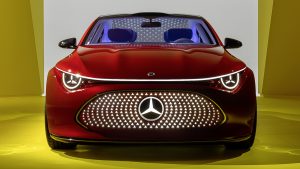New sedan’s Hofmeister kink does not use actual glass behind the rear windows. However, it follows the traditional shape which is as important to BMW as the double-kidney grille
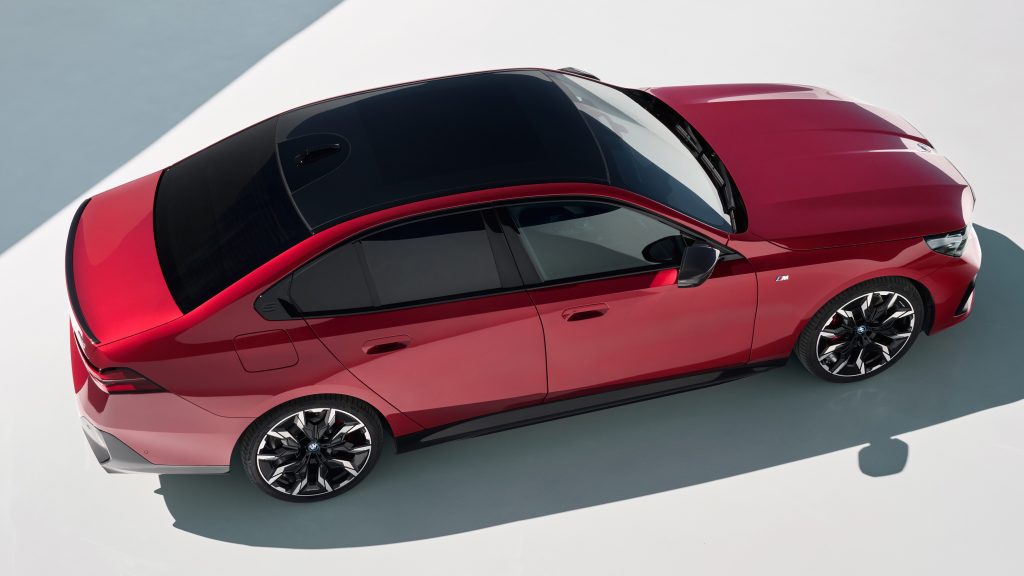
- BMW released the new 5 Series with many innovations, including the electric i5
- We can expect exciting variations to come over time, such as the sporty version
- When it comes to design, it shows a new take on BMW’s Hofmeister kink
A few weeks ago, BMW released the all-new 5 Series. Refreshed design, larger size, more technology than ever, a fully electric version… everything you expected is there. And there will be the Touring body and the sporty M5 in the next few months. However, we are going to focus on a specific point of the new car here. It is a quite traditional one for the Bavarian automaker: have you ever heard of the Hofmeister kink?
The short explanation is that it is a specific design of the rearmost pillar: the base uses a noticeable angle towards the rear quarter window. Many other cars have used it, even outside BMW, but the truth is that it became famous in this specific automaker. Here, we are going to discuss a little bit of car design in terms of windows and pillars and show you a brief history of what the Germans name Hofmeister-Knick.
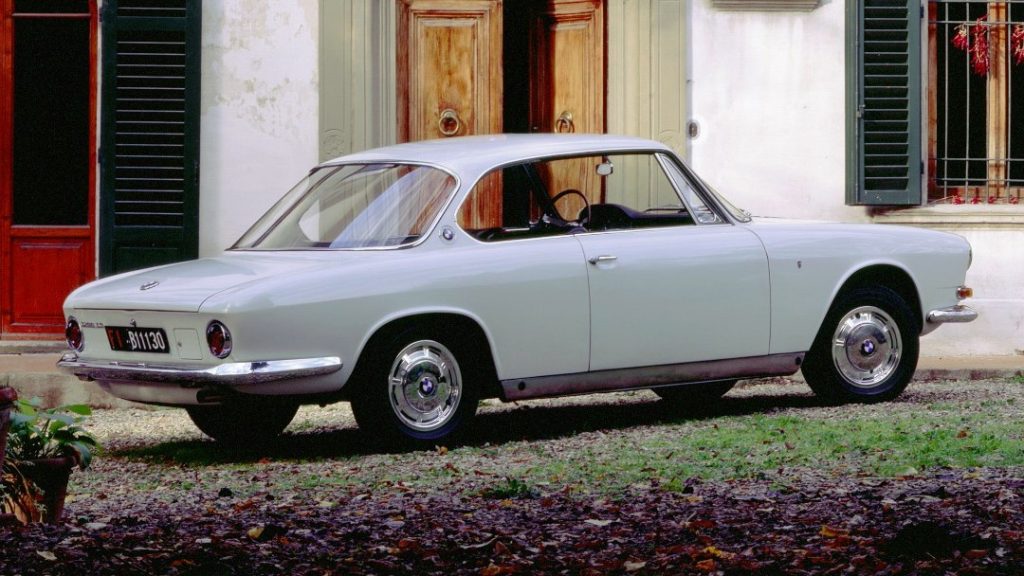
First, tell me about pillars
From a structural point of view, the ideal cabin would be enclosed by steel only. In practice, our cars need glass panels to give us outward visibility. And we need some of them to be movable, as windows, for our ventilation. However, glass alone cannot support a steel roof, let alone protect people’s heads in case of a rollover. In the end, pillars are the vertical portions of steel located between each pair of glass panels.
Modern cars have front and rear windshields in one panel each, so they have pillars only on the sides. The basic setting is of two-door cars (like the 3200 CS above), which use two glass panels on each side. They have one pillar up front, a second one between the windows (those two form the door), and a third one behind the rear window. The car industry usually names them A-pillar, B-pillar etc. starting at the front.
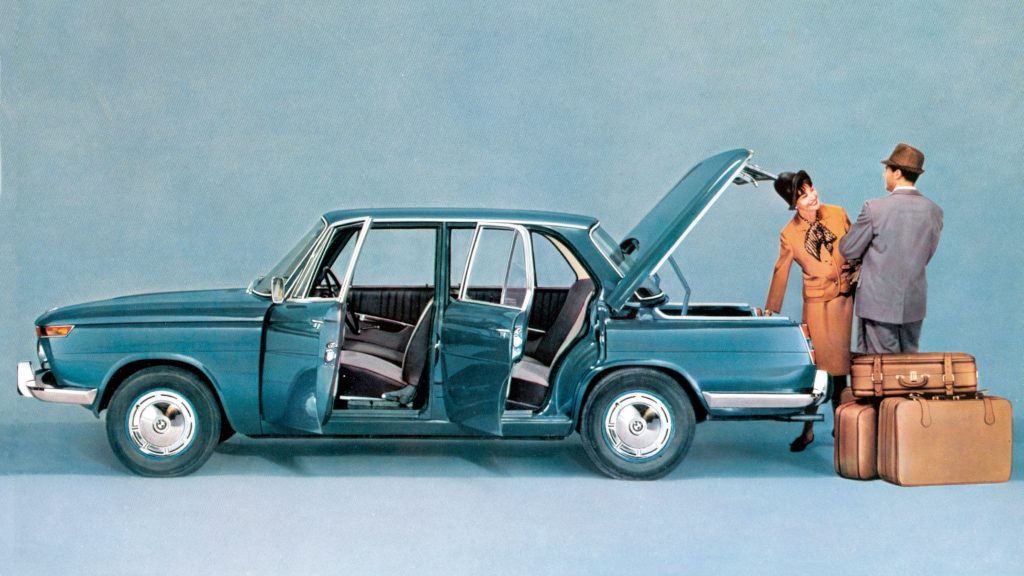
Now, the BMW Hofmeister kink
To stay within this article’s scope, I will make a simple comparison. Mercedes-Benz cars use a regular pillar design, where the rear window’s top and base lines meet at the base. The BMW Hofmeister kink elevates the base line to meet the top one at a higher position. The automaker has created many versions of that line elevation: long, short, smooth, abrupt, rounded, angular… Keep an eye on the following photos here.
At a first glance, the history of the Hofmeister kink is simple. That name comes from Wilhelm Hofmeister, who worked at BMW from 1955 to 1970. It first used that design feature on the coupé and sedan shown above, which the German carmaker released in 1962. It is easy to think that he created it, but the truth is that other cars used it earlier. There is much more to know about the history of this piece of car design.

One engineer and two designers
Motor Trend once interviewed Chris Bangle, former BMW designer, about the topic. According to that, mr. Hofmeister was in charge of the company’s design team at that time but would hire other studios such as Bertone occasionally. That one is particularly important because it penned the 3200 CS mentioned above. In other words, there is a chance that the Hofmeister kink had some Italian influence. But there is more.
Before founding Italdesign, or being named Car Designer of the 20th Century, Giorgetto Giugiaro worked at Bertone at the same time. There are no official documents about who did what, especially because that invention happened decades ago. However, those pieces of evidence allow us to imagine that this design feature had influences from not one, but two of the most prestigious car designers of the past century.

Is the Hofmeister kink only for style?
It depends. One case is when the Hofmeister kink is applied outside of a door: think of two-door cars and models where the C-pillar is actually divided in two. We could say that it makes that glass portion shorter. However, the truth is that this region depends on many other design variables. We can truly talk about a rational function when the kink is used on the rear door’s window, like on the 1972 BMW 5 Series above.
To paraphrase Bangle on that interview, that feature optimizes the rear door’s shape. In the sedans below, the 190’s door is “pinched” towards the rear. That stretches the window in a way that it cannot roll down; it is necessary to keep a large area fixed. The 80 took that area away from the door, but that renders the design heavy and more serious. The 3 Series keeps everything on the door with a large usable window.
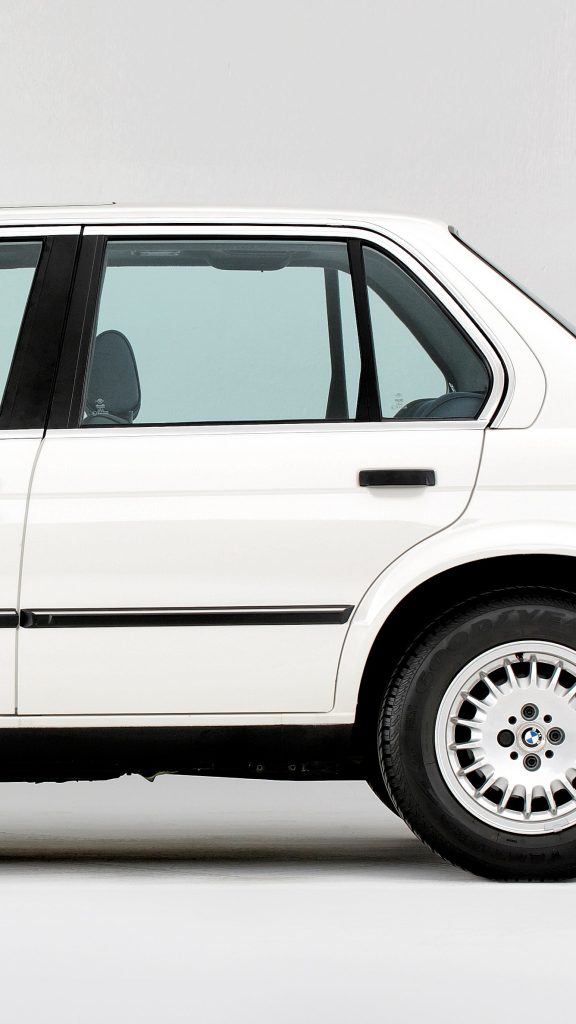

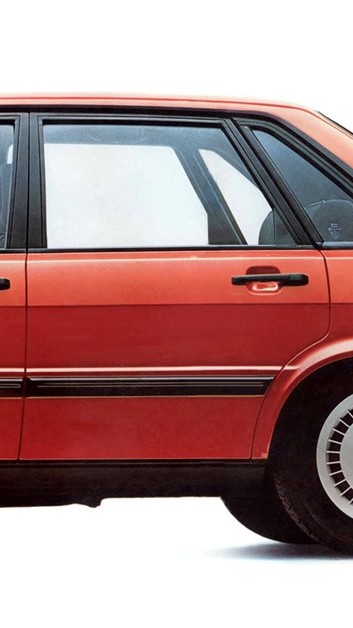
Now, what about the style gains?
We can say the Hofmeister kink helped make another feature popular: the ascending waistline. It consists of making the windows’ baseline move slightly upwards as it goes to the rear. The main effect is a feeling of lightness; the car does not look so firmly planted on the ground. This feature became quite popular in the 2000s, when automakers were looking for every way to completely break the existing design norms.
Now, there are limits to its use. The Dodge Magnum is an extreme example: such short windows harm the driver’s visibility and can make passengers claustrophobic. The general idea is to avoid several horizontal lines, above all, because they make the design boxy – think of old Volvo cars, for example. The Hofmeister kink works very well with an ascending waistline to make the car look shorter and nimbler than it truly is.
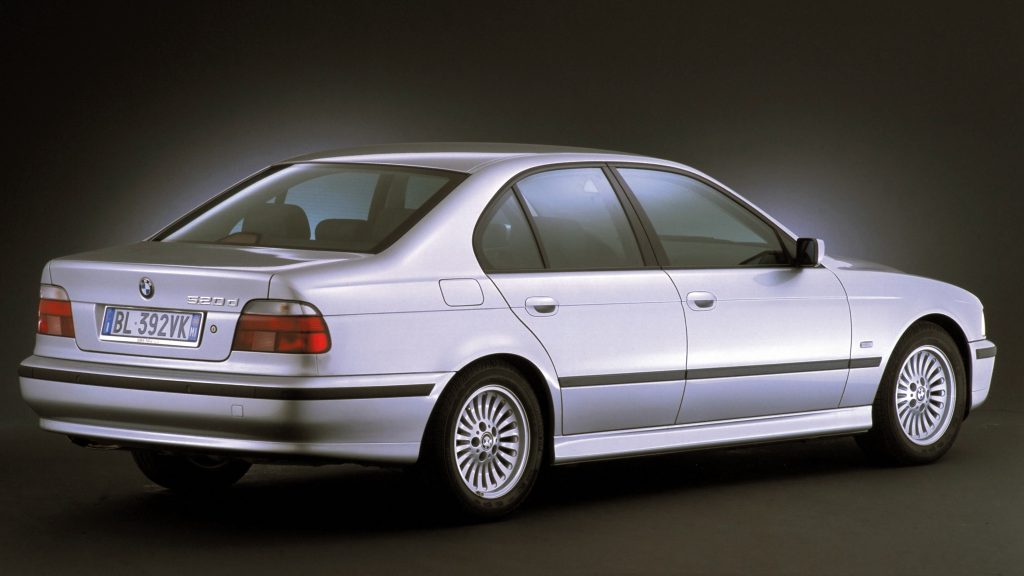
BMW Hofmeister kink over time
As you can imagine, this item changed over the years along with the company’s visual identity. First of all, the edges became smoother; in the 1995 5 Series above, the kink looks like part of a simple curve. Parallel to that, BMW made sure to play with trim accessories. There have been black and chrome window frames, single and double air vents, and the occasional plastic cladding. And that leads us to its latest releases.
It seems like BMW went through a “writer’s block” from the 1990s to the 2010s. The item was too smooth in some cars, too small in others… there were even some cars without Hofmeister kink, like the Z3’s coupé version. It has become a pillar of BMW’s design like the double-kidney grille and the L-shaped taillights, so the company must repeatedly reinterpret its shape and size in order to adapt it to every new release.

Back to basics with the 5 Series
Starting in the 2010s, BMW moved on to modern versions of the Hofmeister kink. Coupé and coupé SUV use thin C-pillars with a small Knick, which makes the pillar’s base much wider. Station wagons and typical SUVs use an ascending waistline that ends with a sharp angle like on the X3 above. And sedans now use C-shaped rear doors with a thick frame right beside the glass panel. But there are exceptions, of course.
The 2 Series is a coupé that uses wider C-pillars to look more robust. The X5 is an SUV with tall windows and a curved Hofmeister kink. The i3 subcompact uses a different layout where the rearmost windows are connected with the windshield. The XM uses a smooth kink with a thick trim line. Convertibles, like the Z4, do not even simulate a kink because they do not have fixed pillars. And there is the brand new 5 Series.

The sedan’s rear doors received an evolutionary update; their curved rear shape is similar to the outgoing car’s. While that would be enough to qualify as a modern-day Hofmeister kink, BMW chose to go further. It added a new piece of cladding that extends the window’s upper and lower lines into a smaller kink that replicates the original version much better. It may come in chrome or black and carries the number “5”.
BMW has been going through a unique phase in terms of design. It has determined that each car family is going to pursue its own look, and we can already see that on the 7 Series, X7 and, more specifically, the 4 Series. While those cars adopted futuristic and impactful looks, the 5 Series chose the path of traditional elegance. It is clearly an all-new car, but it also brings pleasant memories of BMW models of other times.

We have seen that the Hofmeister kink is a big deal in BMW. The design feature was initially developed by people of the highest importance in car design and has been continuously reinvented to adapt to BMW’s evolution. Besides, it has become a trend even among other automakers. What other cars with this design item do you know? If you want a challenge: what recent BMW cars without Hofmeister kink do you know?
You may also like
Polestar is another automaker which is making the news because of its clever design solutions. The latest one is the windowless rear fascia on the Polestar 4. Give it a look!
Danillo Almeida has explored his passion for cars in two distinct ways. The first one is his graduation course in Mechanical Engineering, which will hopefully lead to a job position in the field. The other one is expressing his knowledge and opinions on the matter through writing. Almeida has already contributed to blogs, stores, and websites in general writing automotive content in many formats.


